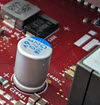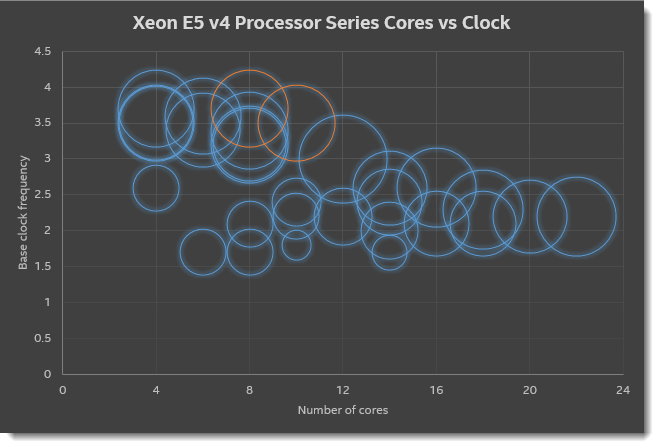
On the evening of the last Wednesday in September, we had our first CaSA, Computer and System Architecture Unraveled, event. CaSA is a meetup in Kista (Sweden) for people interested in computer architecture, system architecture, and how software and hardware interact down towards the lower levels of the stack. The topic for the inaugural event was “Core Count Explosion: A Challenge for Hardware and Software”, and it was great in some many ways!
Continue reading “The first Computer and System Architecture Unraveled Event in Kista – Great Speakers, Great Fun!”

 Probably thanks to the yearly Mobile World Congress, there have been a slew of recent announcements of mobile application processors recently. Everything is ARM-based, but show quite some variety in the CPU core configurations used. Indeed, I think this variety has something to say on the general state of multicore.
Probably thanks to the yearly Mobile World Congress, there have been a slew of recent announcements of mobile application processors recently. Everything is ARM-based, but show quite some variety in the CPU core configurations used. Indeed, I think this variety has something to say on the general state of multicore.